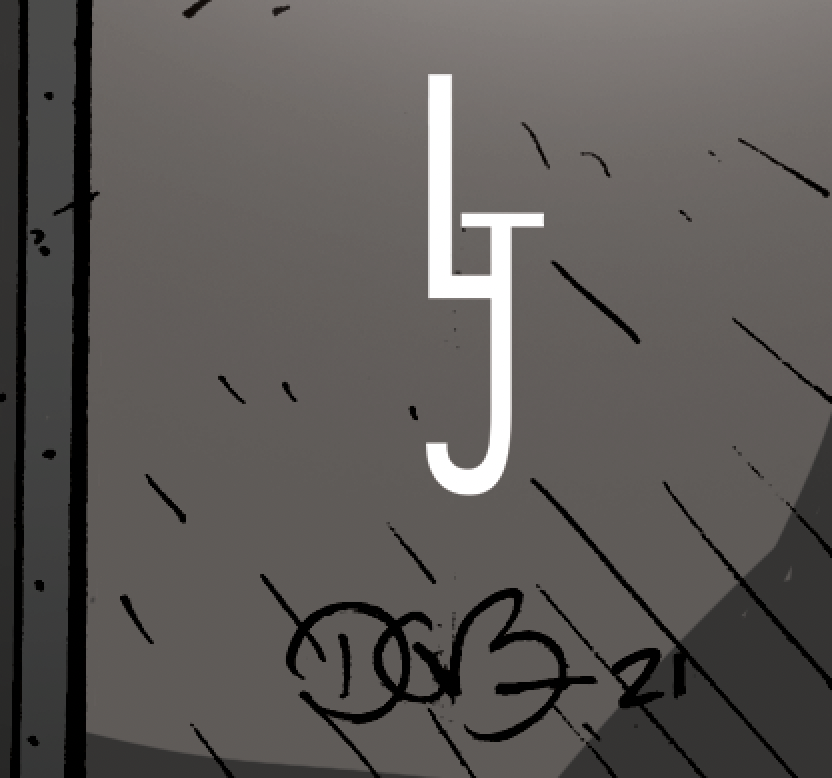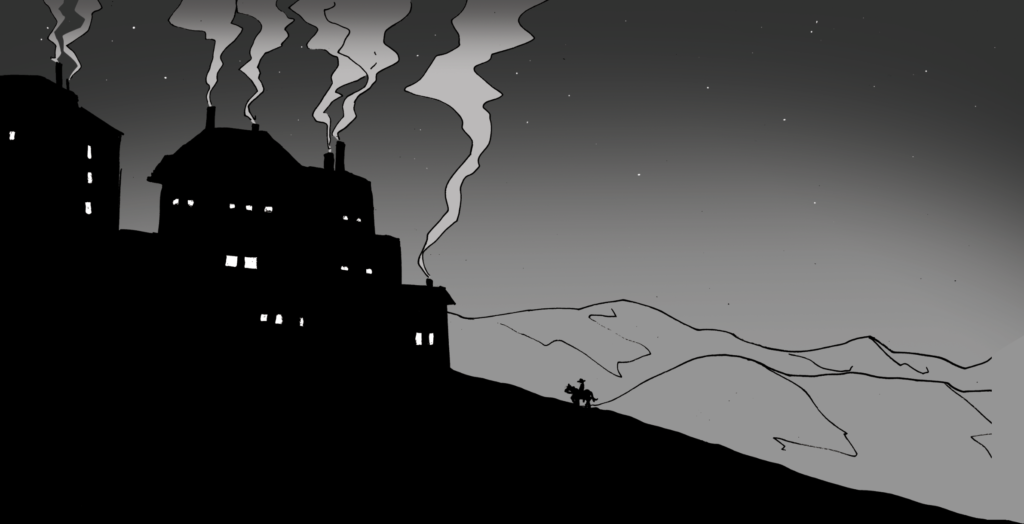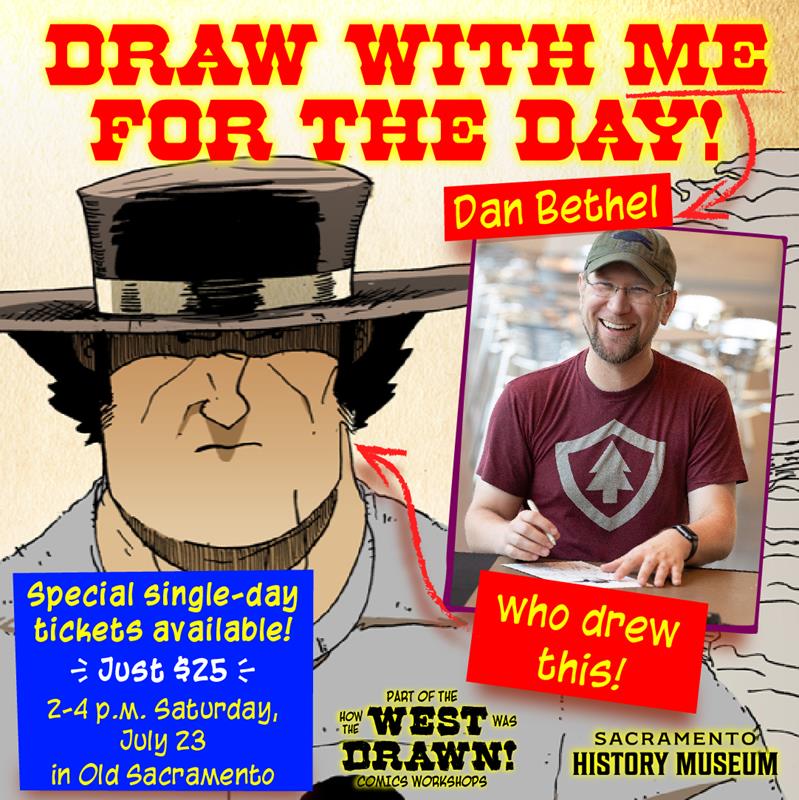I bring good news to everybody this week, which is important considering how dormant the site has been over the last month or so.
I’m happy to say that all art is complete for Chapter 5: all 37 pages (the longest Long John chapter so far!) are penciled, inked, colored, and rendered (meaning shading and lighting). I even add the little logo I put on the last page of every chapter––that way you know it’s done.

What’s left?
I lettered the book as I put down flat colors, so most of the book is lettered, too. There are a few pages/scenes that I want to go through and revise some language and finalize the dialogue on others, which can be really difficult (for me). So, it’s pretty close!
As far as the book, I also need to finalize some of the extra content before sending everything off to the printers. In short, it’s all coming together and it’ll be here sooner rather than later. I’m also nailing down the release schedule for the website because, of course, you’ll still be able to read the entire chapter online for free as well.


